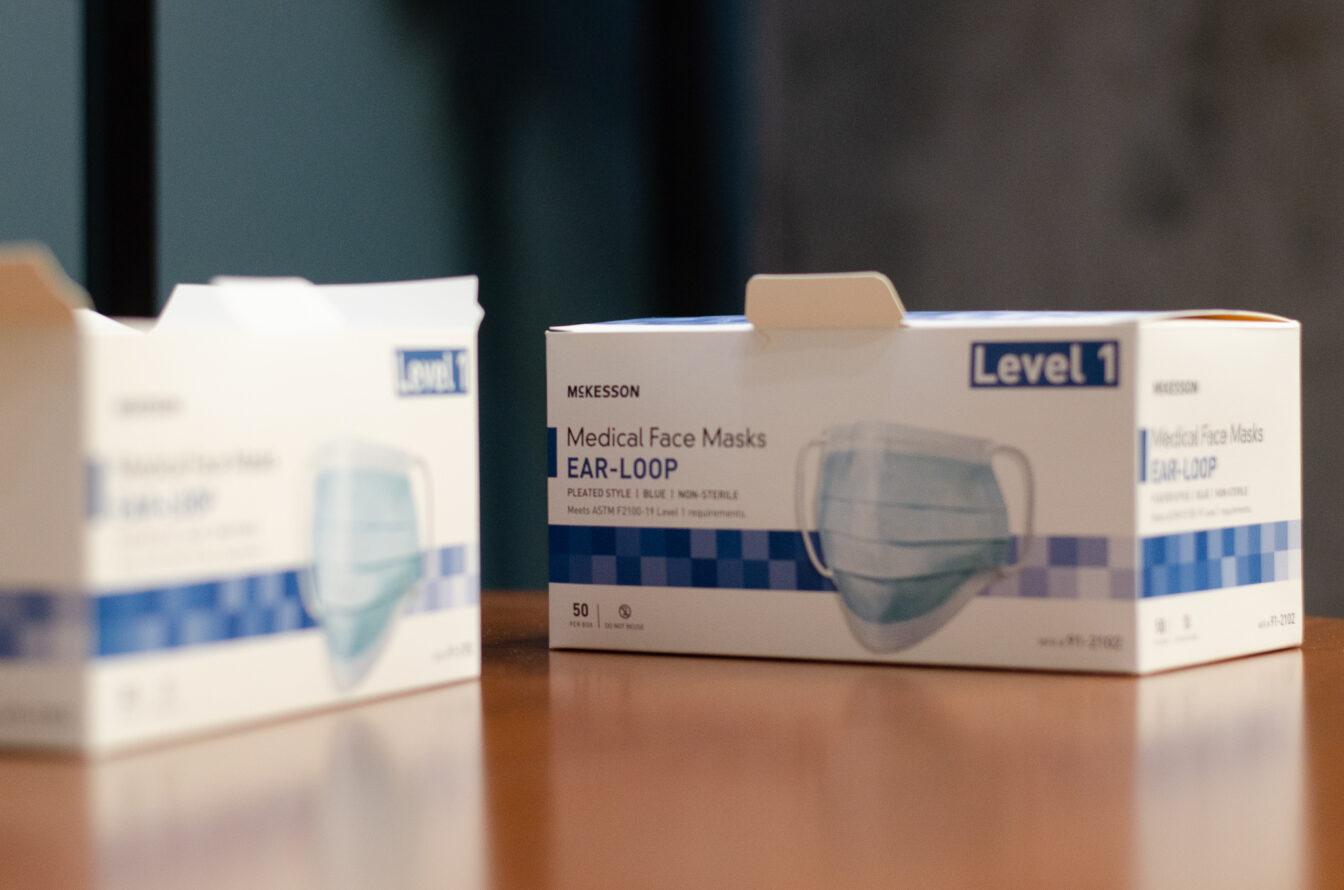
Nearly a year after the death of a member of the crew responsible for the deadly Sterling Hall bombing, the FBI released documents detailing its attempts to swiftly bring him and other suspects into custody.
The bombing, targeting the Army Mathematics Research Center located in Sterling Hall, was the culmination of a tense decade of activism on the University of Wisconsin campus and is widely regarded as the end of the radical anti-war movement in Madison.
Early morning of August 24, 1970, Dwight Armstrong, who died July of 2010, and his brother Karl, along with David Fine and Leo Burt, rigged a van with explosives and detonated it outside of the hall, causing immense damage to buildings and killing 33-year-old physicist Robert Fassnacht.
The first of many FBI memos, released Wednesday after an open records request filed by the Associated Press, was written the same day as the bombing. Then FBI Director J. Edgar Hoover instructed all FBI offices to immediately contact all informants for any information that may lead to the capture of the bombers.
The memo continued to say the seriousness of the bombing may trigger similar attacks throughout the country, so urgency was a must.
“It is imperative that early solution be made in this case,” the memo said. “New left extremists have previously announced their targets include Federal buildings, FBI offices and other law enforcement facilities.”
The memo noted the mobility of “new left extremists,” saying the suspects may not be from Wisconsin, and even if they were they could have purchased the explosives used in the bombing anywhere in the country.
A memo dated just two weeks later identified Dwight Armstrong and several others whose names were redacted – FBI memos redact names of living suspects – as strong suspects in the bombing. The memo identified them as members of the New Years Gang, the group responsible for an attempted bombing on the Badger Army Ammunition Depot in Baraboo early the same year.
The suspects were identified as having purchased a large amount of fertilizer used to make homemade bombs. Traces of the same fertilizer were found in the van at the scene of the bomb.
The memo also describes a letter postmarked two days after the bombing that was found in the Madison residence of one of the redacted suspects claiming responsibility.
While the FBI repeatedly stressed the importance of a speedy capture, ultimately that was not the case.
Though the suspects apprehended by police 40 miles from Madison only hours after the explosion on suspicion of stealing a car – the same car seen speeding away from the bombing at high speed – they were released before being identified as suspects in the bombing.
They were also stopped at a vehicle check in New York several days later, but “mistake in inquiry” prevented them from being identified, a 1972 memo said.
It was not until 1972 that the the first of the four suspects, Karl Armstrong, was apprehended by Canadian officials and sentenced to 23 years in prison, seven of which were served. Fine was taken into custody in 1976. Though a 1972 memo said Dwight Armstrong was believed to be in Vancouver using the pseudonym Stephen Scofizs Thompson, he remained on the run until 1977.
Both Fine and Dwight Armstrong were sentenced to seven years in jail and served only three.
No new information on Burt, who remains at large, was released. But the fact his name was redacted indicate FBI officials believe him to be alive. There is currently a $150,000 reward for information related to his capture.
The Associated Press contributed to this report.













